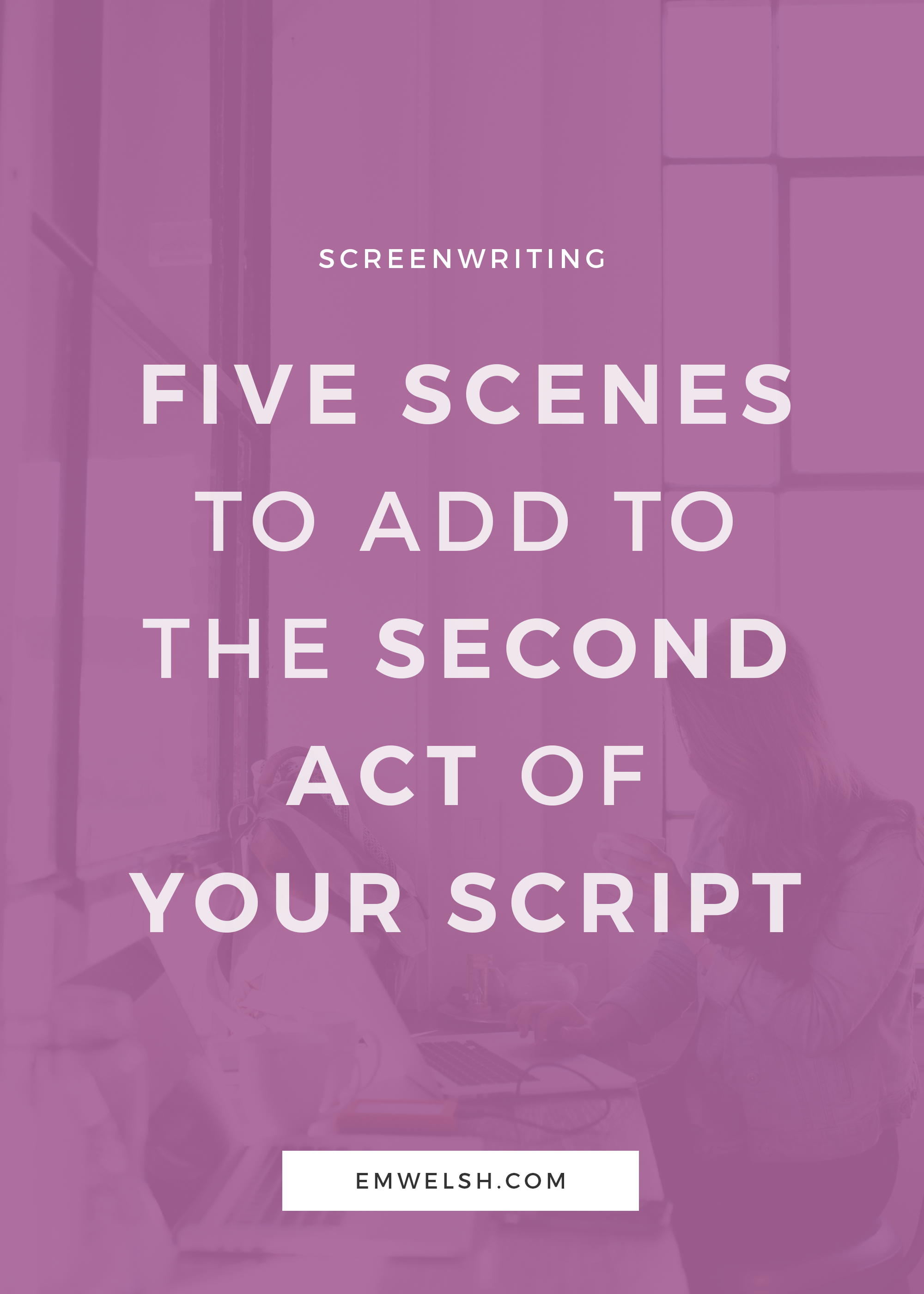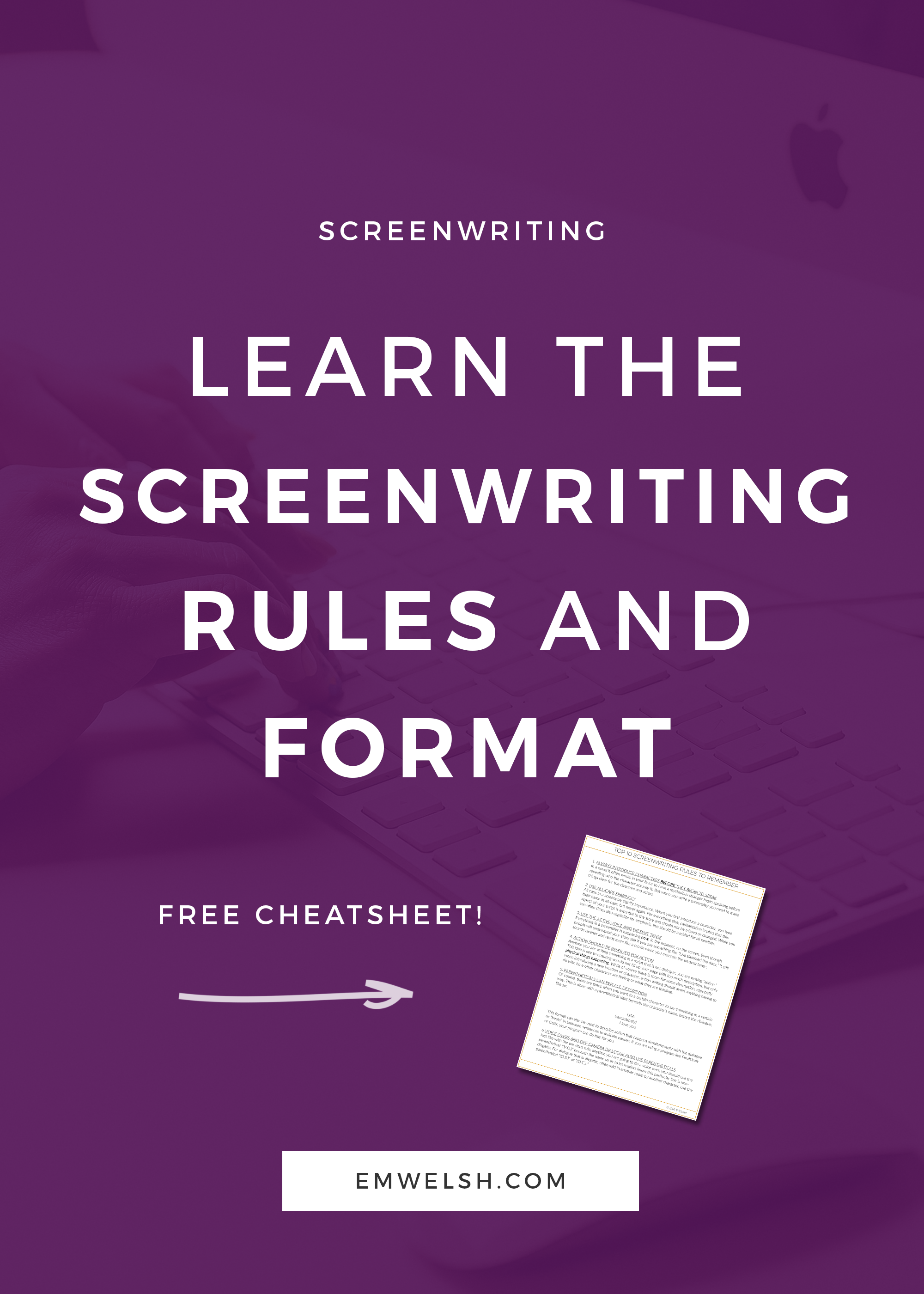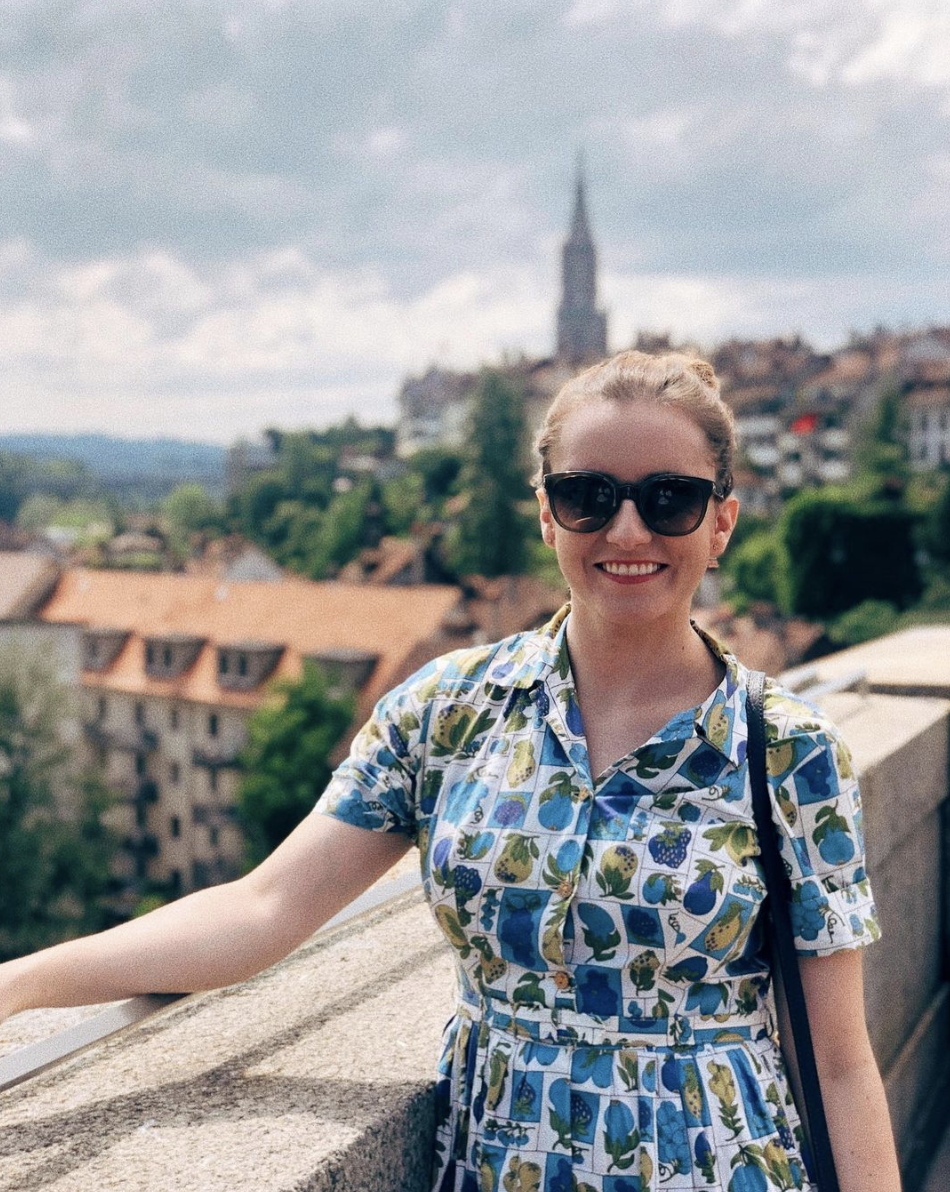How to Find the Opening Shot of Your Screenplay
/Every screenwriter knows the pressure of getting the opening shot of their screenplay just right, but a lot of times it feels like guesswork. We write what comes to mind and hope that it feels right, then edit it later again and again until we are satisfied with the opening image.
Unlike other moments when writing a screenplay, the opening shot of your script tends to have the highest focus on visual storytelling simply because everything feels new and fresh and you're not yet lost in the story.
Just like with novel writing, the beginning of every story feels exciting, and so you want to get everything just right so that the reader or viewer is eager to find out more. In a novel, that means nailing that first opening sentence. However, in a script, your first sentence is your first shot, and sometimes that only gives you a few seconds to dazzle your audience.
So how can you ensure you get it right, and in a way that you're proud of?
First and foremost, it is always best not to put too much pressure on yourself to get things "right" the first try. However, to get you started on the right foot, you can takes steps to think through your screenplay's idea and therefore determine a great starting point for selecting your best opening shot.
I like to think of this process as "finding" your film's opening image instead of "creating" it because the latter implies that you have conjured this image up from nothing, whereas the former suggests that after uncovering certain elements, your opening shot has revealed itself to you.
While neither viewpoint is correct, I've found that the entire writing process is really about "finding" your story instead of making it up, so I tend to speak about everything in that way.
This idea of "finding" your story is particularly true using the methods I have detailed below becaue they ask that you look through what you already have in your story until an image comes to you that you believe embodies your story!
So withour further ado, here are my strategies to finding my opening shot of my scripts:
Assess Your Story's Theme
Themes are where you'll find many answers about your story because they explore what your story is about and what it is trying to say. Before I do anything else with my creative writing endeavors, I always assess my story's theme and write it out. This ensures that every single facet of my story is rooted in this theme, which then creates a feeling of unity amongst the characters, conflict, and yes, even the opening shot!
Think of your story's theme like you would your "brand" as a writer. Every aspect of your work must work with your theme to seamlessly connect everything. This makes stories that seemingly go against the grain work because everything that works against "rules" is backed by the theme's sense of expression.
Luckily, if you define your brand before you write your opening shot, the process is quite easy! However, if you don't already have a few themes picked out for your story, now is the time to pick them. The easiest way to do this is by looking at your story idea and thinking about what you are trying to say. More than likely, what you are trying to say speaks to a theme of some sort, such as "Feminine Independence" or "Rich vs. Poor."
From there, you'll want to narrow things down. Most stories tend to have a few themes, so look for about two to three different ones for a starting point. Next, take a moment to write these themes down, and if you have the time, write how the theme relates to your main character and conflict.
Once you have written the themes out, you'll want to look at the different themes your story is discussing and jot down different ways you can express them visually.
For instance, if your story has a theme like Independence vs. Society, maybe the opening shot of your film is of your character being smushed against a window by a crowd of people as they pack into a subway.
Though at first your audience may not question this opening shot – and may even finding it amusing depending on how far you take it – later when they compare it to an end shot of your protagonist separated from a crowd of people, they can intuitively make the connection to your theme. And even if they don't make this connection, you as a storyteller know that your movie opens in a stylistic way that meets your theme and packs a punch!
Take your opening shot and use it to write your first artistic short film with my free email course!
Sketch Your Character
An opening shot is also a great place to really express who your character was before the movie started and before the conflict is introduced. As you think about your character in relation to your opening shot, ask yourself things like "What was their life before this very moment?" or "Where is my character now?"
Think about how you can define your character in a single glance. Maybe it's them eating a pint of ice cream for breakfast, or maybe it's them perfectly ironing the same spot of their shirt over and over. Both people could very well be the same person, just in different stages of their life, or these could be the daily habits of two very different people.
For that reason, you shouldn't worry as much about defining who your character is overall in an opening shot, but who they are at this point in their life.
Once again, you'll also want to look to your theme and see how it relates to your character. Using the theme example from above about Independence vs. Society, maybe your character represents the "independence" part of the theme instead of someone seeking independence. From there you might still have an opening shot on the subway, but maybe it's them reading alone in the car instead to further establish their independent theme.
Can you see how both images are related to the theme, but express it in different ways that orient that character as a different person? In the previous example, the shot expressed a character searching for independence, whereas in this version, they already have said independence and are enjoying it.
That's why not only is knowing your character's relationship to the theme is important, but also who they are in general. Of course, your opening shot doesn't need to have a character in it at all. If you choose for that to be the case, save this strategy for later when you first introduce your character and focus on how your setting and atmosphere can establish themes instead.
Highlight the Colors
Colors are an additional means to expressing themes and motifs, but also indicaitng the mood and tone of your story in a way that things like composition and editing cannot do as easily. Prose often doesn't permit such expression of color – at least not in the same way – so that when you really tap into the visual component that colors offer in your story, you can provide a really subtle and visually satisfying way to create an opening shot.
No matter what you choose to include in your opening shot – whether it's filled with people or just a broad, beautiful landscape – you'll want to think of the colors as a way to immediately express the tone of your story.
Every film has some sort of look and feel to it, and while it's not always as stylistic as a Wes Anderson film, the first image your audience sees is your chance to establish that tone and style right away.
Put these tips to use with my free email course on writing your short film!
For that reason, you'll want to think about the colors of your film and how you'll use them in your opening shot. For example, if your story is about a stark and depressing world, you might have the opening shot be gray and dull in its colors.
By contrast, if your movie is about hope and possibility, you might make your film more colorful and dazzling.
Or, you might do the complete opposite, creating a colorful world that is a depressing story to create an uncanncy combination, or a sinister color scheme for a bright and happy story.
However you choose to express your narrative though, you'll want to highlight those colors and shades right away in the opening shot, whether the shot is of a broad desert with a storm on the horizon or a close-up of someone's eye, to immediately indicate your style as a storyteller.
Determine the Composition
Composition is where everything we have been discussing comes together.
In film, this refers to where people and other objects are on the screen. Usually, this isn't something screenwriters are used to thinking about, however, when we write the first scene of our film, it is usually on our mind whether we realize it or not!
For that reason, you really want to hone in on the visual composition of your opening shot. Think about where your characters are in the frame, whether they're still or moving – whether there are even characters at all – and how close the camera is to them.
All of these decisions create different meaning for your story, so depending on what you want to say with your first image will determine how you want to compose your opening shot.
For instance, think about how two people sitting together on one side of the screen feels different than if they were sitting on opposite sides of the screen facing each other. Each one suggests different things about these people's relationship with one another, right?
Or think about how an opening shot of a landscape of some sort suggests a focus on setting, even if there isn't one in the film, simply because the composition is only focused on the landscape. This isn't a bad thing, it just creates a certain feeling that a shot of a person wouldn't. As a writer, it is your job to determine what sort of feeling you wish to create!
If you're not sure how to hint at shot composition in your script, I go into this in more detail with my guest post for Sam over at Any Possibility. You can find it here for more guidance, or you're ready to go beyond just the opening shot, check out my course, Swank Up Your Script!
While you don't have to use all of the methods listed above, you can, of course, try to combine them all into a visual summary of "life before the conflict." However you choose to introduce your story though, remember, there's no wrong answer!
Instead, treat this opening shot as a choice, and ask yourself what it means for your story to have the first shot be crowded with people or only focused on one solitary person. When you do this, you'll be able to create an opening shot that defines your film in a way that you're proud of, but is also memorable. And that's what every storyteller wants!














